The novel Frankenstein is one of the most important and influential works of art ever produced. The characters have served as the inspiration for countless reboots, reimaginings, sequels, prequels, and retcons. The title character — or, at least, the “monster” created by the title character but now bearing his name — is a major player in DC’s “New 52” company-wide reboot. (I’m not entirely sure of what DC’s New 52 Frankenstein character does, but I think it involves fighting villains who try to steal DC’s intellectual property.)
The novel’s reach is all the more remarkable when you consider that it was originally published in 1818. The themes explored still resonate with us today — perhaps even more than when it was originally written, as science and medicine continue to improve. What makes a human being “human”? How far should scientists go in the pursuit of knowledge? At the time it was published, it caused a sensation. To put it into perspective for modern readers, it was the Twilight of its day.
The story of the writing of the novel is nearly as legendary as the novel itself. It began its life on a cold night in a cold, rainy summer near Lake Geneva in 1816. The 18 year-old Mary Shelley and her lover, the poet Percy Shelley, were staying at the home of Lord Byron, amusing themselves as so many privileged geniuses probably did at the time, by reading ghost stories to one another. Lord Byron then suggested that they each concoct their own horror tales, and Mary Shelley apparently came up with the most appalling idea of all of them; that of a doctor who discovers the secret of reanimating the dead. She took this idea and expanded it into the classic novel that we all know of, even if only a few of us have actually read it.
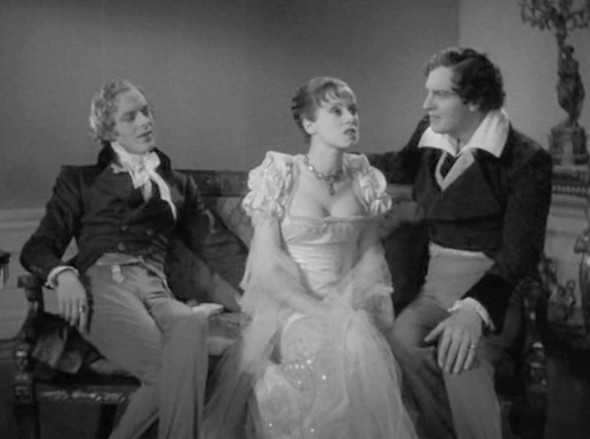
The 1935 film "Bride of Frankenstein" contains a re-enactment of the generally accepted version of the creation of the novel.
Now, an incredibly rare first edition of that novel (a mere 500 copies were printed!) has been discovered. Not only that, but it was actually inscribed to Lord Byron by “the author.” I’m not sure what kind of CGC grade it would get, but it is expected to fetch a lot of money when it goes up for auction next month.
A copy of Frankenstein that belonged to Lord Bryon and features an inscription by Mary Shelley has been discovered in a family library – and is expected to sell for £400,000 at auction.
The copy of the best known fiction of the Romantic era had lain untouched for more than 50 years in the library of Lord Jay, the economist and Labour politician. His grandson Sammy, was sorting through his political papers for the archives of the Bodleian Library in Oxford, when he made the discovery.
The inscription in the book was verified by a man called Richard Ovenden to be in the hand of Mary Shelley, the author credited with writing the novel.
Note the coy legend, “from the author” in the inscription.
Now, I am no expert. In fact, I have no expertise whatsoever on this subject. You might even say that I have no idea of what I’m talking about, but that inscription raises some red flags.
Why, I wonder, would an author inscribe a book “from the author,” and not “from, Mary Shelley.” If she is in fact “the author,” shouldn’t she have written her own name, as opposed to “the author”? This would be like receiving in the mail an autographed DVD copy of the film Poltergeist inscribed “from the director.” As if to verify my totally justified skepticism, the Huffington Post article linked above further muddies the question of the authorship of the novel by adding:
Her husband Percy Shelley sent a copy to Byron by post and wrote on her behalf: “I am commissioned by an old friend of yours to convey ‘Frankenstein’ to you…It has met with considerable success in England; but she bids me say, ‘That she would regard your approbation as a more flattering testimony of its merit.'”
So, Mary Shelley’s husband, Percy Shelley, is the one who sent the novel to Lord Byron. In the note, Shelley doesn’t say, “Here is this book that my wife wrote.” He instead makes some equivocating and playful statements that suggest, to my completely inexpert eye, that there is no doubt that it was actually Percy Shelley who wrote the novel Frankenstein!
Percy Shelley probably just asked his wife to write a little note in the book for old Byron, so that he could send it along to him. I’m sure that’s it.
And as it turns out, I’m not alone is my strong and sincere belief that Percy Shelley is the true author of Frankenstein.
[The Man Who Wrote Frankenstein author John] Lauritsen, a Harvard-educated “independent scholar” who has spent seven years in its libraries comparing the texts of Shelley’s great works such as Ozymandias with his wife’s subsequent books, says Frankenstein was too profound to have been created by an “ill-educated 19-year-old whose later writings were just ordinary”.
He says some of the language, with lines such as “I will glut the maw of death”, were pure Shelley, and that the young aristocrat wrote a handful of fashionable horror tales that echo the later tone of Frankenstein. Lauritsen said Shelley had many reasons to disguise his authorship, including hints of “free love” that had already driven him out of England and an undertone of “Romantic, but I would not say gay, male love”.
Another factor may have been the critics, who hated it. The Quarterly Review of 1818 said the story of Frankenstein, the Swiss scientist who creates a monster from body parts, only to see it run amok, was a “tissue of horrible and disgusting absurdity”.
Even those who don’t believe that Percy Shelley wrote all of Frankenstein still believe that he had a hand in writing at least some of it:
The editor of The Original Frankenstein, Charles E Robinson, presents a convincing case for crediting the novel to “Mary (with Percy) Shelley”, revealing the major changes PBS made to Mary’s first draft. The manuscript is now in Oxford’s Bodleian Library, having been secured for the nation as part of a £3.85m purchase of Shelley family papers in 2004, and Robinson has used it to distinguish thousands of words that PBS changed, added or deleted.
The resulting book presents two versions of the novel, one as Mary Shelley first drafted it and the other with PBS’s revisions in italics. His changes amount to almost 5,000 words of a 70,000-word novel and dramatically alter the story. PBS deleted Mary’s religious references, developed the novel’s scientific and political themes, changed the motive behind Victor Frankenstein’s voyage to England and added such telling details as the description of the monster’s “lustrous black” hair.
5,000 out of 70,000 words. I’m even less a mathematician than a literary authorship detective, but that’s about 1/14 of the entire novel. Plus, how can you argue with that “lustrous black” hair point?
All of this, added to the “from the author” equivocation in the newfound inscription leads us to the inescapable conclusion that there is a controversy over the authorship of Frankenstein. And, if our schools insist on teaching this novel to our children, I hope that they will also teach this controversy.
Say it with me: Teach the controversy!

Does the cover of DC's New 52 version of Frankenstein subtly suggest that it was actually a man who wrote the original "Frankenstein" novel? Well, if you've got a better explanation for why Frankenstein is holding that big gun between his legs, I'd like to hear it.
Bride of Frankenstein image source.
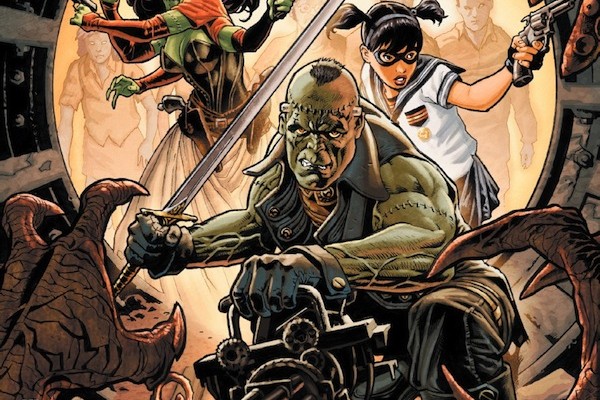

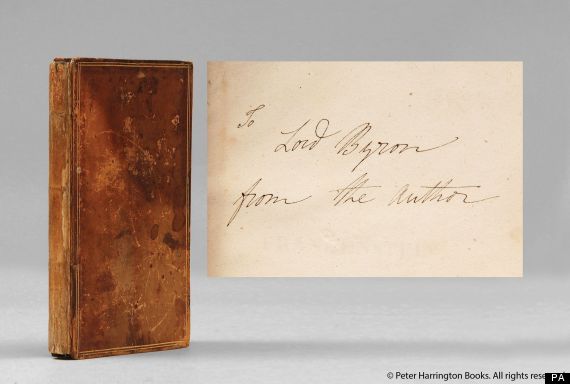

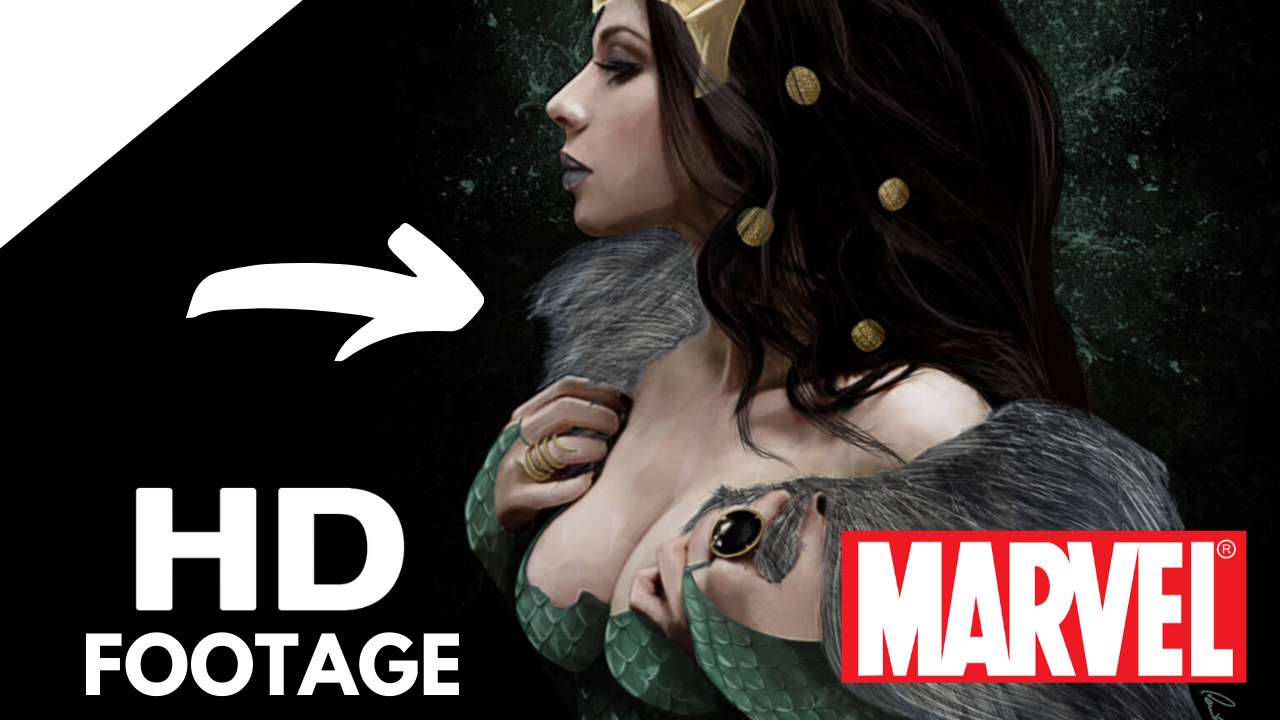




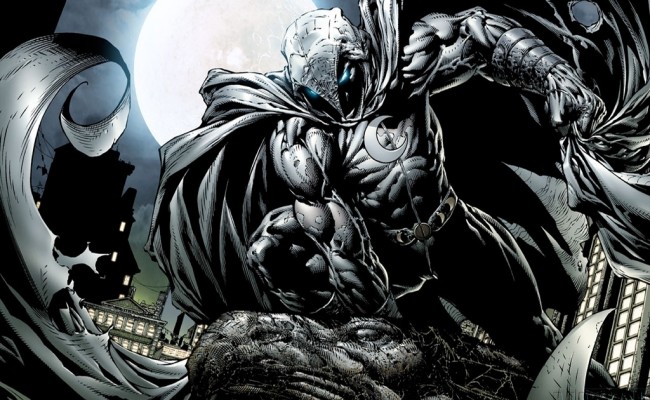

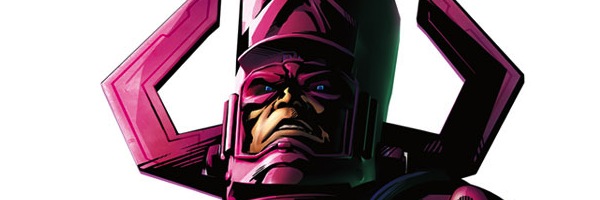

S#!T Talking Central